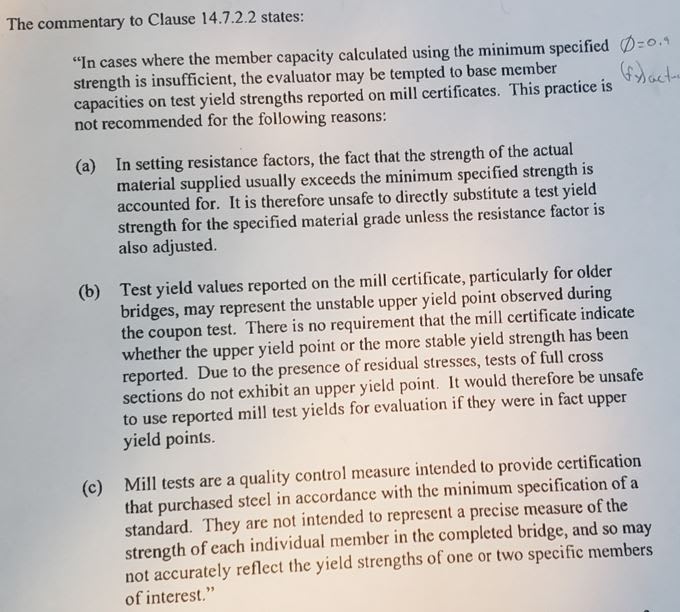Hello,
My question is on design of railing systems with stainless steel.
What would be the yield strength (fy) of stainless steel alloy 304, in practice. Railing Supllier says they have been using 50 -60 ksi and has material testing report to verify. It seems quite a high compared to 25-30 ksi per ASTM standard A554.
Shall we design per material report? Want an authentic input, this being a big difference on qunatity and hence cost.
Really appreciate your thoughts and experience. -McGil
My question is on design of railing systems with stainless steel.
What would be the yield strength (fy) of stainless steel alloy 304, in practice. Railing Supllier says they have been using 50 -60 ksi and has material testing report to verify. It seems quite a high compared to 25-30 ksi per ASTM standard A554.
Shall we design per material report? Want an authentic input, this being a big difference on qunatity and hence cost.
Really appreciate your thoughts and experience. -McGil

